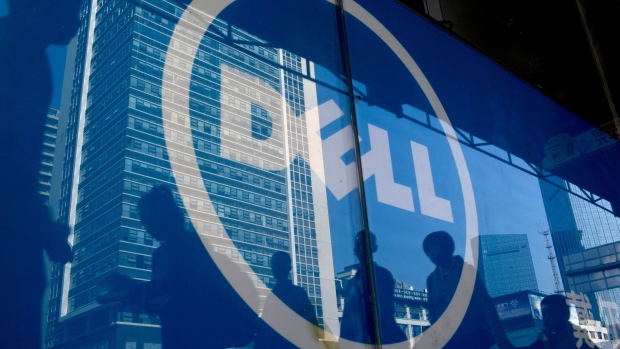Nov 24, 2020
Dell, HP report sales that top estimates on pandemic PC surge
, Bloomberg News

Dell Technologies Inc. and HP Inc. reported quarterly revenue that topped Wall Street estimates, lifted by customer upgrades of personal computers for remote work and school during the pandemic.
Dell’s sales climbed 2.8 per cent to US$23.5 billion in the period that ended Oct. 30, the Round Rock, Texas-based company said Tuesday in a statement. Rival HP reported it shipped a record 19 million PCs in its recent quarter, as well as more home printers than it has sold in years. HP also gave a profit forecast for the current period that beat analysts’ projections and said it would raise its quarterly dividend 10 per cent.
Michael Dell and HP Chief Executive Officer Enrique Lores are trying to revamp their PC makers into more profitable businesses. Both companies have taken steps to cut operating expenses during the pandemic, and they produced better-than-projected profits in the October quarter. Billionaire Dell is trying to spur more predictable, recurring revenue by letting corporate clients pay for products over time rather than upfront. Lores, meanwhile, is overseeing a corporate restructuring that will result in lower expenses and a smaller workforce.
“We are very optimistic about where the company is going to be going during the next quarters and years,” Lores said in an interview.
HP shares gained about 6 per cent in extended trading, helped by the company’s announcement that it would boost the quarterly dividend to 19.38 cents a share. Dell’s stock, which has jumped 37 per cent this year, was little changed after closing at US$70.33 in New York.
HP’s revenue fell about 1 per cent to US$15.3 billion in the period that ended Oct. 31, the Palo Alto, California-based company said in a statement. Analysts, on average, expected US$14.7 billion, according to data compiled by Bloomberg. Profit, excluding some items, was 62 cents U.S. a share in the fourth fiscal quarter, while analysts projected 52 cents.
Adjusted profit in the current quarter will be 64 cents to 70 cents U.S. a share, HP said. Analysts, on average, estimated 54 cents U.S..
Dell’s sales from consumer PCs jumped 14 per cent to US$3.5 billion in the fiscal third quarter, the company said. PC sales to business and government clients increased 5.4 per cent to US$8.78 billion. Server and networking sales fell 1.8 per cent to US$4.16 billion, the seventh consecutive quarter of year-over-year declines for the unit. Executives said they expect continued “soft” data-center spending in the current period. Storage hardware revenue declined 7 per cent to US$3.86 billion.
Sales of HP’s Personal Systems, mostly computers, was little changed from a year earlier at US$10.4 billion. Revenue from consumers jumped 24 per cent while business sales decreased 12 per cent. Printing revenue declined 3 per cent to US$4.8 billion. The company reported a 21 per cent rise in consumer hardware sales and a 22 per cent drop in hardware revenue from businesses.
While corporate customers aren’t buying printers with their offices closed or at reduced capacity, Lores said demand from consumers working at home was so strong that HP shipped 12 million printers in the quarter -- the highest number since the corporate split from Hewlett Packard Enterprise Co. in 2015.






